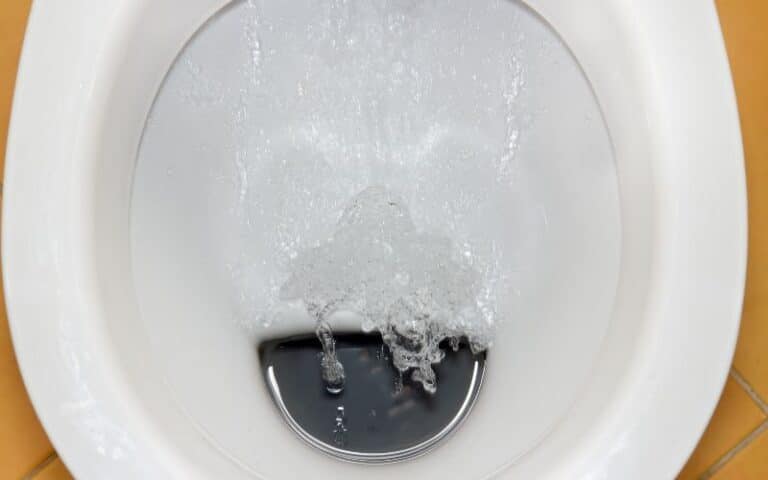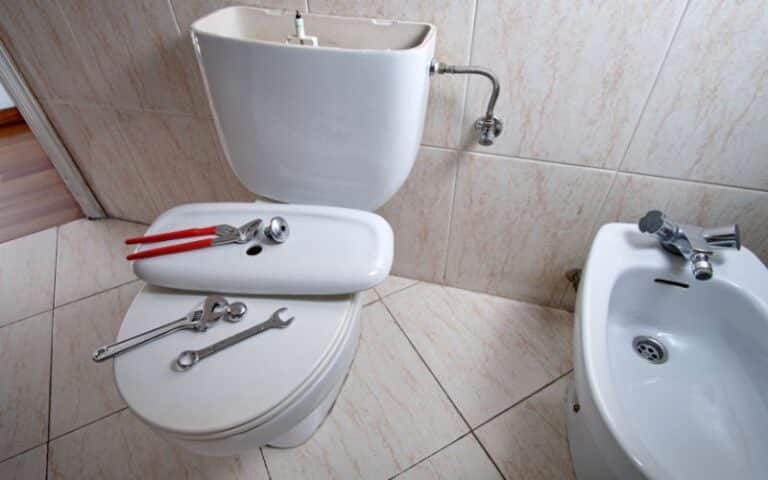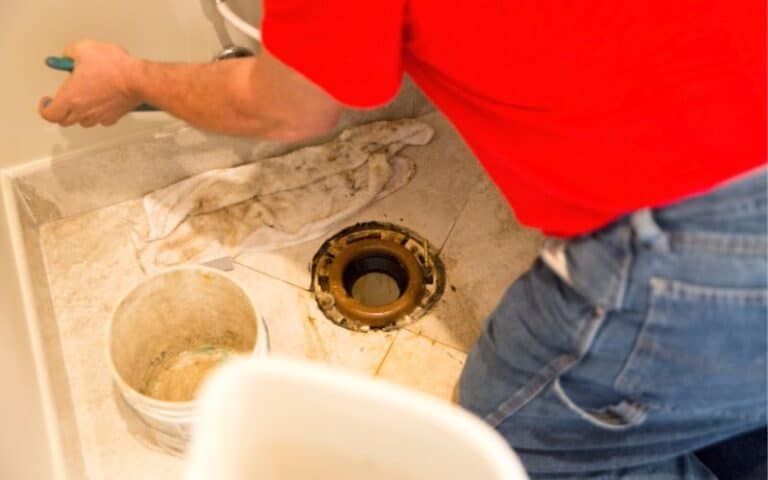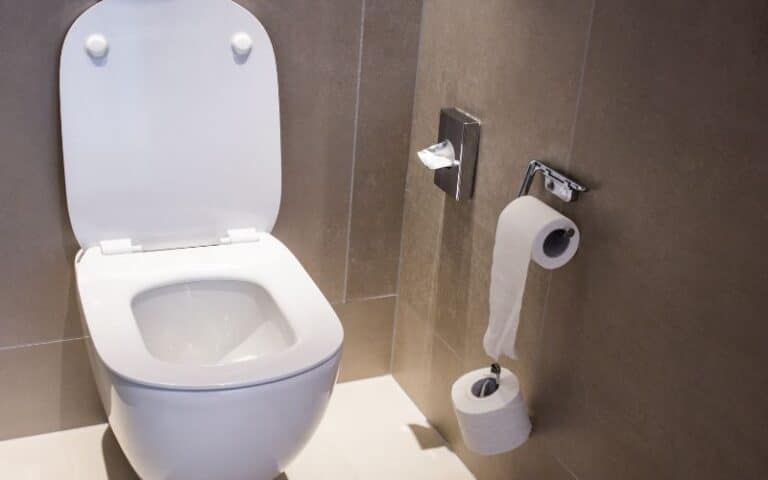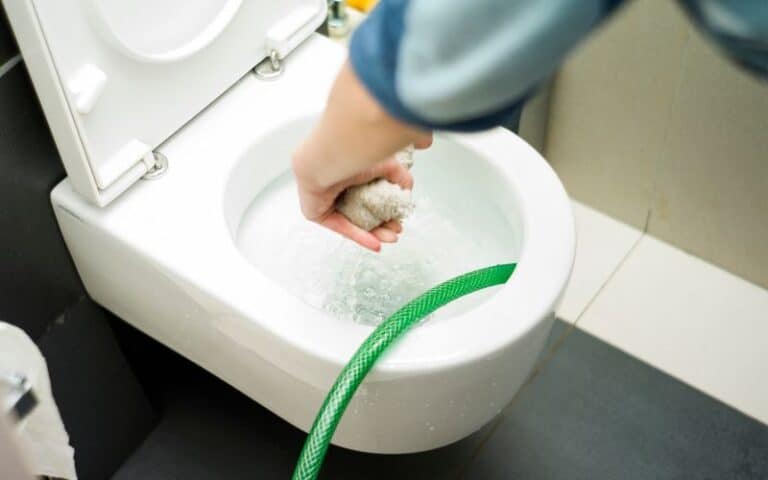Having the correct toilet flange height is essential for balance and protection. Moreso, it gives a seamless finish and great aesthetics.
Knowing the correct toilet flange height is important if you want to replace your toilet’s flange or do some plumbing.
This information helps you achieve the perfect results for any construction project. Luckily, this article is your perfect guide to knowing the correct toilet flange height.
A toilet flange should be at least ¼ inch above ground level. This height allows the water closet system to balance correctly and connect the pipe carrying urine and feces to the house’s general sewer line. Unfortunately, if you have a toilet flange lower than ¼ inches, it will eventually lead to leaking and cause a pungent smell.
This article is informative and expository about the correct toilet flange height. The aim is to provide in-depth knowledge to make the right choice.
By the end of this article, you should be able to tell which flange is perfect for your toilet seat.
How High Should a Toilet Flange Be?
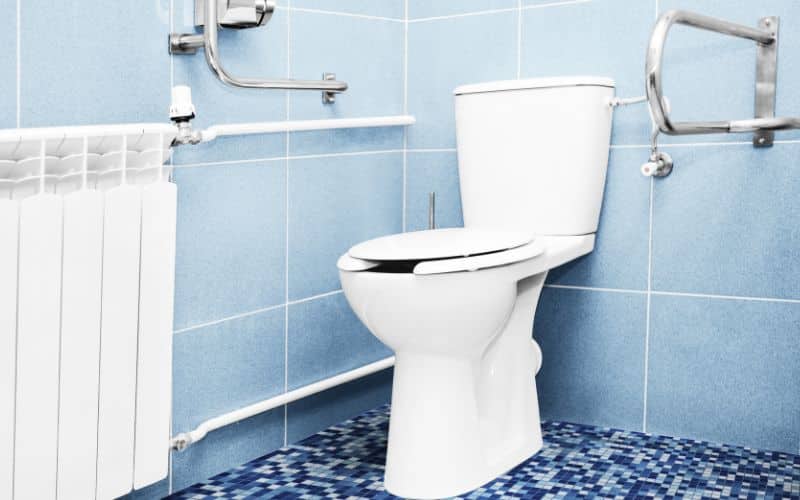
A toilet flange should be as high as ¼ inches above ground level. This height allows for perfect balance and sitting.
First, you may wonder what a toilet flange is and where to find it. I will explain these important things shortly.
A toilet flange connects your toilet seat with the house’s plumbing line; waste cannot pass through to the sewer without it.
Furthermore, it is a base that supports the toilet seat to improve balance and water passage. Consequently, the flange’s height is crucial to these properties.
It is important to know the perfect height unless you want to encounter a toilet accident. For instance, you risk falling when the seat is unbalanced.
Luckily, finding out the height of your toilet flange is relatively easy. You can ask the vendor for the size or confirm the size yourself.
But, it would be best to get professional advice on such matters. Also, if you purchase the flange kit, you are certain to have all the materials you need to fix your toilet flange.
In addition, you will need a hand in lifting the seat and placing it back. It would be best if you don’t do it alone, especially if you’re not a professional.
In extreme cases, you might do a messy job or break your toilet seat. The reason is that plumbing repairs involve heavy lifting of ceramics.
Unfortunately, this is the major reason it is susceptible to breaking.
Another thing to note is that such jobs should be for professionals because of the technicalities it involves. Although it might cut costs if you do it yourself, it is better to be safe.
Can a Toilet Flange Sit Flush With the Door?
Yes, a toilet flange can sit flush with the door. This position makes it suitable for watertight protection.
Sadly, there might be times when you get new flooring that makes your flange lower than before.
If this happens, you must correct the imbalance and either replace the flange or add a flange extender.
Adding a flange extender is not as tedious as installing a new flange. Its steps are very simple, and it requires fewer tools.
If you wish to make your toilet flange sit flush with the door, there are a few things to do.
First, you will need some tools like;
- Adjustable wrench
- Screwdriver
- Putty knife
- Rags
- Seal waxing ring
- Silicone caulk
- Flange extender
- Alcohol for dissolving previous wax
Here are the steps to take when increasing the toilet flange height.
- First, flush the toilet to remove wastewater.
- Next, disconnect the valve that supplies water to the tank.
- Then remove the water tank and set it aside carefully. Ensure that you position it well to avoid breaking.
- Afterward, use the putty knife to scrape the silicone caulk surrounding the toilet seat before removing it.
- Next, remove the screws with the adjustable wrench that holds the bowl to the ground.
- Next, you can remove the bowl and set it aside. Afterward, you will see the drain hole with the toilet flange in sight.
- Remove the wax around the existing flange with the putty knife to reach the flange.
- Use some alcohol to remove the remaining wax that the putty knife didn’t remove.
- Remember to use the right flange adjuster while being mindful of the size. If it is too high, the bowl will not balance; if it is too low, it will still leak water. Consequently, it must be a perfect size.
- Finally, insert the flange adjuster and screw it in place.
- To wrap up, add some wax around the flange adjuster for a tight hold.
- You can place the toilet bowl directly on the flange and wobble until it clicks in place.
- Add some silicone caulk around the bowl’s base and place the water tank back.
- Connect the water valve back in place and let the water flow.
- You can flush the toilet and check for leaks. Now, check the flush with the door.
As you can see, even though the steps may appear strenuous, they are simple, not time-consuming, and easy to understand.
On the other hand, if you do not have the time to do it yourself, you can hire a professional.
These people have the knowledge, expertise, experience, and complete tools to handle plumbing repairs.
If you have a few bucks to spare, your flange will be in great shape because it is in safe hands.
How to Tell When Toilet Flange Is Too High?
There are a few ways to check when your toilet flange is too high. It is easy to spot because of the uneven position of the toilet bowl.
Aside from the fact that the toilet bowl’s position reflects the height of the flange, it also helps it in many ways.
If you want to find out how to spot an unusually high toilet flange, there are a few steps you can take.
Here are a few ways to tell when a toilet flange is too high.
- If the toilet bowl shakes when you sit on it, it indicates a high flange.
- When you flush the toilet and water leaks from under the bowl is a sign of a high flange.
- Another sign is when the silicone caulk at the base of the toilet cracks and appears loose.
- Finally, you should check your flange if you notice an unusual pungent smell when you flush, which stays around for a while.
Aside from these obvious signs, there might be a few others.
However, it is best to do regular maintenance on your plumbing system. This way, you will combat major problems while they are still small.
In addition, if you practice good hygiene by regularly cleaning and washing the toilet, it will last longer.
On the other hand, if you practice bad hygiene, the porcelain tiles and bowl will not last long.
Also, the toilet and bathroom are suitable for microorganisms to thrive because they are humid.
If you are not careful, you will be more susceptible to bacterial and viral infections, among other things.
To help prevent or reduce the growth of these organisms, you can do the following things;
- Use a good antiseptic detergent to wash the toilet
- Always use bleach and toilet wash to clean the toilet bowl
- Wear gloves while washing the toilet to avoid the transfer of germs
- Wash the toilet at least twice a week
- If you want to be more precise, you can wash the bathroom after each bath
- Do regular maintenance at least twice in six months
With these few steps, you can be sure your toilet will be spotless. When you finish working, ensure to keep the repair tools in a safe place and away from children.
This action will reduce the home accidents rate and prevent casualties.
Can a Toilet Flange Be Too Low?
Yes, a toilet flange can be too low. As you know, the correct height for the toilet flange is ¼ inch from the drain hole.
This height is perfect for bowl balance and protection. However, if the flange is below ¼ inch, this height is too low for the standard.
If you want to increase the flange’s height, you can add a flange extender, just as I explained earlier. You will have the correct flange height when you follow the steps above.
There are a few disadvantages associated with low flange height. However, they may not be too different from having a high flange.
The table below shows the problems associated with too high and too low flange.
| Low Flange | High Flange |
|---|---|
| Water leakage from under the bowl. | Wobbling and unbalanced bowl |
| The pungent smell when you flush | Improper alignment |
| Discomfort in the user’s legs | Discomfort in the user’s back and legs |

